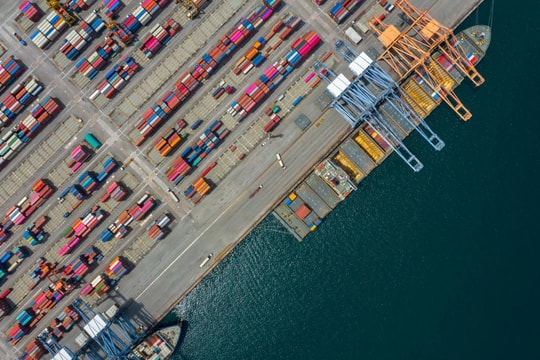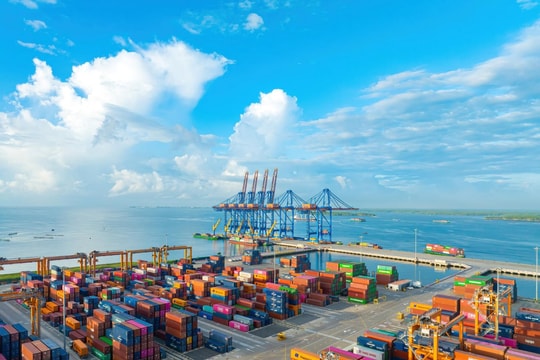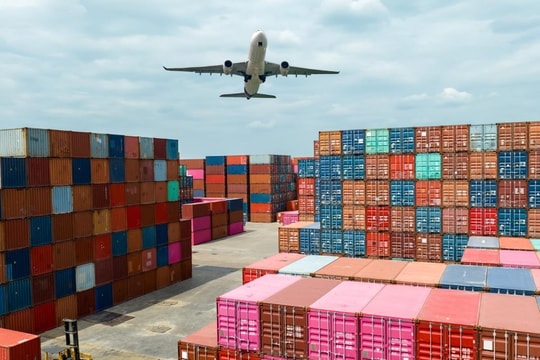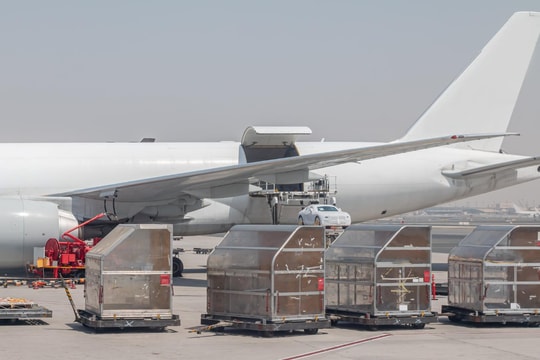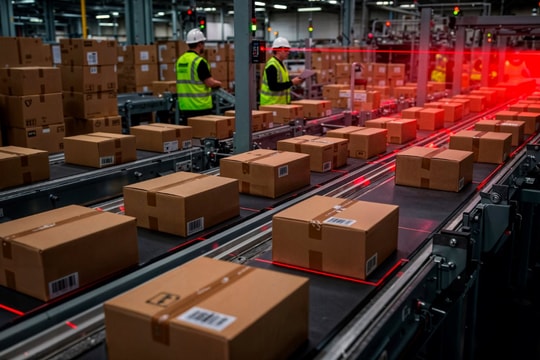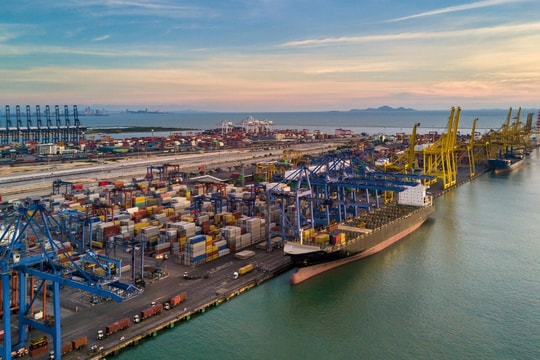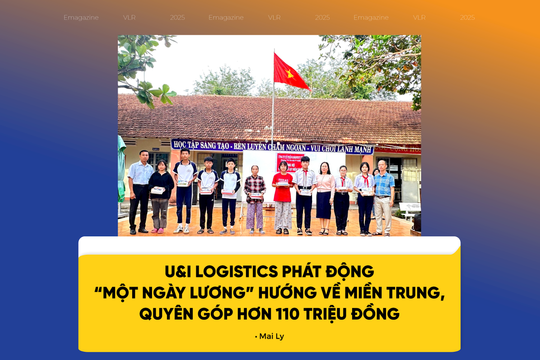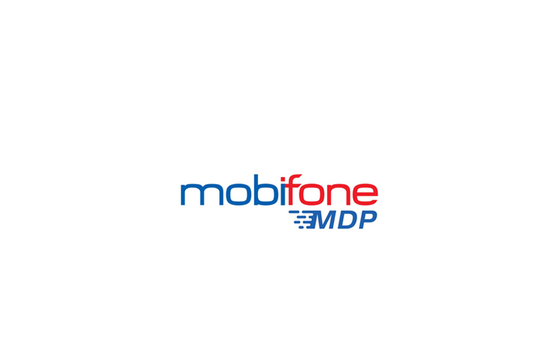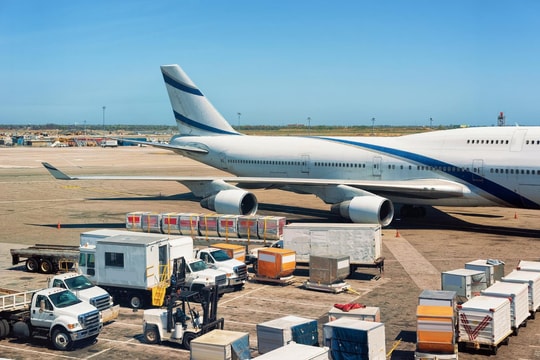
With significant adjustments in density scales, the simplification of product categories, and improvements in classification tools, businesses must understand and prepare for these changes to ensure operational efficiency and cost optimization. This article will provide a detailed analysis of the NMFC 2025 changes and their impact on freight carriers.
Overview of NMFC and Its Role in Freight Transportation
The National Motor Freight Classification (NMFC) system, managed by the National Motor Freight Traffic Association (NMFTA), plays a critical role in determining LTL shipping rates. NMFC classifies freight based on four key criteria:
- Density: The weight of the cargo relative to its volume.
- Handling: The difficulty of transporting the goods.
- Liability: The risk of damage or loss.
- Stowability: The ability to stack or store the cargo efficiently.
Each type of cargo is assigned an NMFC code and a class, ranging from 50 to 500, which directly impacts shipping costs. Accurate classification allows businesses to calculate freight charges correctly and optimize their logistics budgets.
Major Changes in NMFC for 2025
Starting in July 2025, NMFC will implement significant changes to improve accuracy in freight classification and simplify the shipping process. Key changes include:
1. Expanded Density Scale: Currently, many goods are classified based on traditional categories rather than density. However, from 2025 onward, more than 40% of freight items will be classified using an expanded density scale. This means businesses must accurately calculate and control cargo dimensions and weight to avoid unexpected cost increases.
2. Simplified Freight Categories: The new NMFC system will reduce the number of freight categories to simplify classification. Some items previously classified under multiple categories based on material and design will be consolidated into a single group.
While this makes it easier for businesses to determine NMFC codes and freight classes, it also requires them to update their product listings according to the new standards.
3. Improved Classification Tools: To assist businesses, NMFTA is upgrading classification tools such as ClassIT+. This tool helps companies look up and accurately determine NMFC codes according to the new standards, minimizing errors in shipping and invoicing.
Implementing this technology will save time and ensure accurate classification, preventing additional charges due to misclassification.
Impact of NMFC Changes on Businesses
1. Reclassification of Freight and Cost Adjustments: Due to changes in density calculations and classification methods, some items will be reassigned to different NMFC classes, affecting shipping costs. Businesses need to reevaluate their product lists to assess the impact of these adjustments.
Low-density or difficult-to-transport goods may be assigned higher classifications, leading to increased shipping costs. Conversely, high-density goods may be placed in lower classes, allowing businesses to save on shipping expenses.
2. Impact on Packaging and Packing Processes: Since NMFC 2025 places greater emphasis on density, businesses must optimize their packaging design to reduce empty space, increase density, and avoid classification into higher-cost categories.
Using lighter yet durable packaging materials will be a key strategy for controlling shipping costs.
3. The Need for Accurate Freight Data Management: To avoid additional charges or classification discrepancies, businesses must invest in precise freight data management systems. This includes measuring dimensions, weighing shipments, and calculating density for each batch to ensure accurate freight rate calculations.
Companies that adopt technology solutions such as electronic scales and automated dimensioning systems will have an advantage in meeting NMFC’s new requirements.
4. How Businesses Can Prepare for These Changes
1. Stay Updated and Attend Industry Meetings: Businesses should keep track of updates from NMFTA and participate in public meetings of the Freight Classification Committee to understand the details of these changes. Doing so will help them develop timely adjustment strategies and avoid miscalculations affecting shipping costs.
2. Train Employees on NMFC 2025: Employees in logistics, warehousing, and shipping should be trained on the new changes to ensure smooth operations. Training on freight classification, density measurement, and the use of updated classification tools will help businesses minimize errors.
3. Leverage Technology to Optimize Processes: Investing in automated measurement technology, transportation management software (TMS), and NMFC lookup tools will enable businesses to process data quickly, accurately, and reduce classification errors.
Businesses should also collaborate with experienced freight carriers who are well-versed in NMFC 2025 to ensure seamless shipping operations.

5. Conclusion
The NMFC 2025 changes are a crucial step toward modernizing and standardizing the LTL freight industry. While these adjustments bring greater transparency and fairness to freight pricing, they also pose challenges for businesses.
By staying informed, adapting strategies in advance, and implementing optimization solutions, businesses can capitalize on opportunities, minimize risks, and maintain a competitive edge. This is not just a transportation challenge but also an opportunity for companies to restructure, improve processes, and adopt technology to enhance operational efficiency.


.jpg)


.jpg)
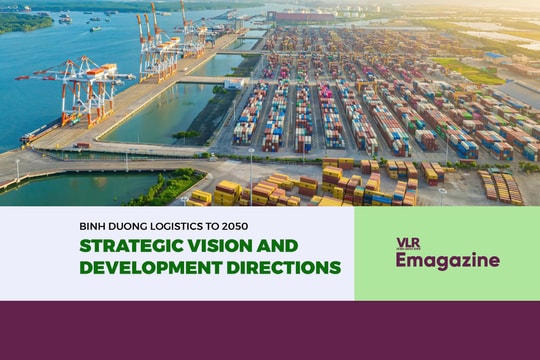
.jpg)

